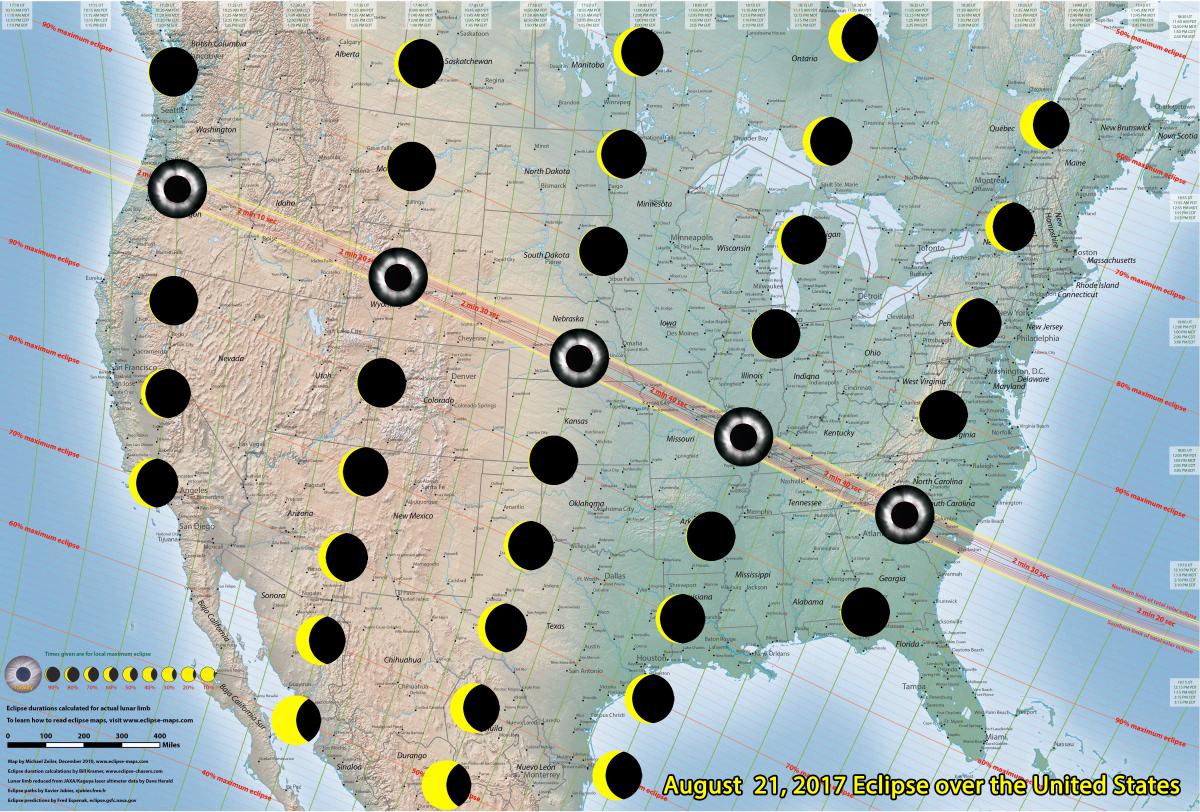Great American Eclipse Covers Coronado
August 24, 2017
On Monday, 8/21, Coronado students poured outside for the partial solar eclipse during lunch periods. Hundreds of students that would normally pass through the courtyard on their way to their next classes turned their heads to the sky in order to watch the event.
“I thought it was fantastic,” said Jenna Salvat, 11. “ It’s not necessarily a once-in-a-lifetime opportunity, but it was definitely something I’d been waiting to see for a while.”
Solar eclipses occur when the moon passes in front of the sun, temporarily blocking it out and obscuring the majority of the sun from view. In Colorado Springs, the eclipse reached partial totality, meaning a sliver of the sun could still be seen from Coronado, however several students traveled to Wyoming or Nebraska to where the sun was totally obstructed.
The last total solar eclipse in North America passed through in July of 1991, but the next eclipse will not be until April of 2024. Sadly, however, the path of totality will be much further away from Colorado when it comes back in six years.
The 2017 eclipse will also become a major point of scientific research, as this will be the best documented solar eclipse in America up to this point, largely due to technological improvements since 1991. For many people involved in the scientific community, the improved documentation of the solar eclipse signifies a new path of understanding the universe that surrounds us. “I think it’ll provide a lot of opportunity for research. I know that a lot was done using NASA’s… observatories,” Jenna added on the topic of scientific research.
This amazing event on only the second day of school makes the 2017-2018 school year even more interesting and exciting, and hopefully all students at Coronado remember this for years to come.


